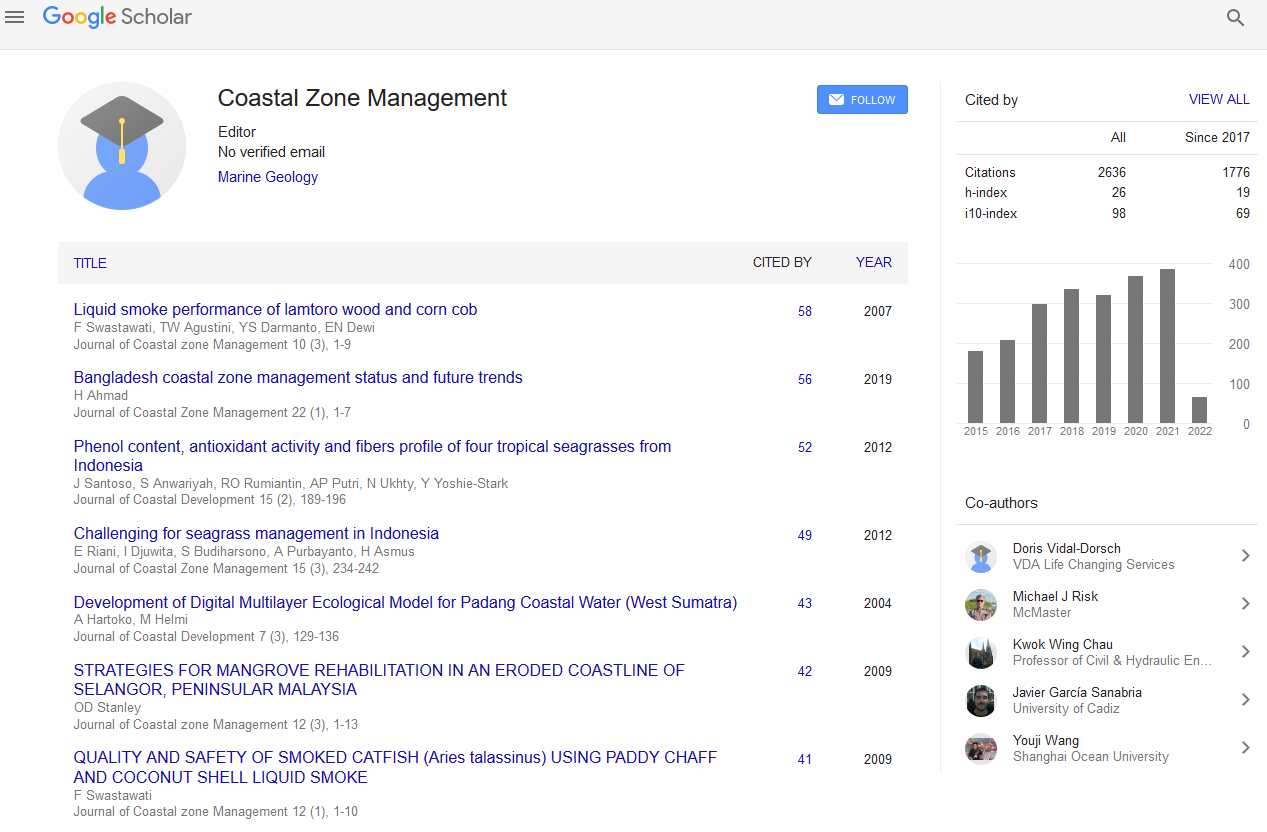Indexed In
- SafetyLit
- RefSeek
- Hamdard University
- EBSCO A-Z
- OCLC- WorldCat
- Publons
Useful Links
Share This Page
Journal Flyer

Open Access Journals
- Agri and Aquaculture
- Biochemistry
- Bioinformatics & Systems Biology
- Business & Management
- Chemistry
- Clinical Sciences
- Engineering
- Food & Nutrition
- General Science
- Genetics & Molecular Biology
- Immunology & Microbiology
- Medical Sciences
- Neuroscience & Psychology
- Nursing & Health Care
- Pharmaceutical Sciences
Abstract
Interstellar Dust and Linear Polarization of Starlights
Mohammed Azeez Saeed
This paper, presents the analysis of the linear polarization of starlights. Hollow bacteria cylindrical shape model produced by Fred Hoyle and Serkowski law fit of linear polarization were applied on the data of six selected individual stars in the Milky Way .Linear polarization of the stars (HD197770 , HD2905 , HD37903 ,HD25443) were collected from references (11, 13, 18 , 19 ) . The observations were made during the 1990 December 2 - 9 , Astro -1 mission of the Space Shuttle Columbia using Wisconsin Ultraviolet photospectro polarimeter Experiment. A 0.5m telescope with Cassegrain Spectrograph and Polarizing Optics in the wavelength range ( l-1 = 1.35 mm-1 to 7.14 mm-1 ) were used in the mission . Data of linear polarization of the stars , HD7252 and HD161056 , were collected from reference ( 12 ) . The observations were made in cycle 1 of the Hubble Space Telescope Guest Observer Program in September 1992. The Faint Object Spectrograph were used in the mission to observe interstellar linear polarization in the wavelength range ( l-1 = 0.32 to 7.69 mm-1 )
It can be seen that the Serkowski relation and hollow cylindrical bacteria model are in good agreement with the observed polarization data.The fitting of the models in the UV region are not good. It is generally accepted that the grains are aligned in such away the position angle of the polarization is in the direction of the magnetic field . The orientation of spinning interstellar grains involves two aspects of the electromagnetic scattering geometry. The inclination of the spin axis to the direction of the incident radiation field and degree of alignment. It is for this reason vibrations in the data points can be observed, because all the grain particles are not equally symmetrically aligned.
Published Date: 2020-08-31; Received Date: 2020-08-31

